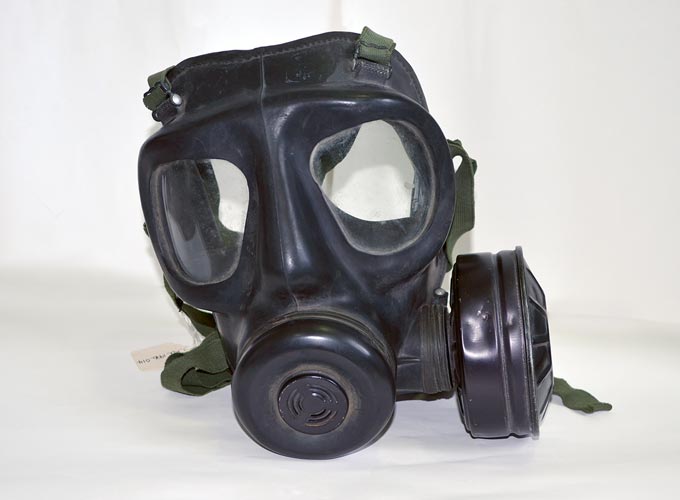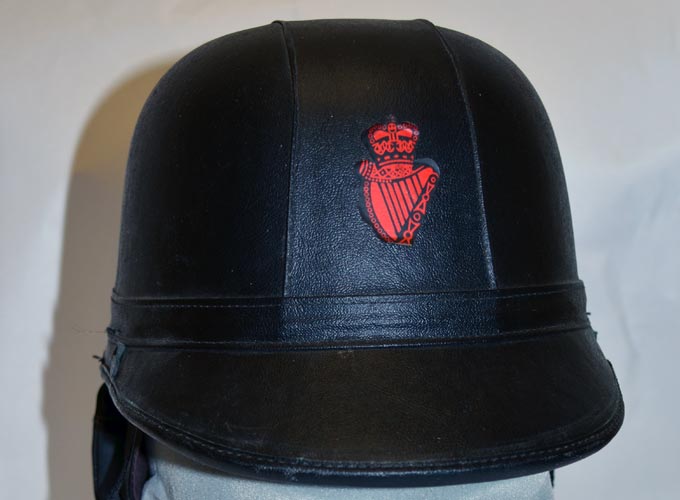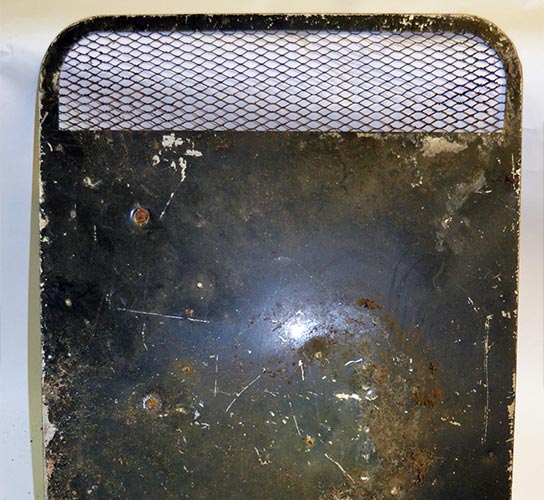Description
Equipment used by the Royal Ulster Constabulary (RUC) during the Battle of the Bogside in Londonderry. Throughout 1969, heightened sectarian tensions led to increasingly violent outbreaks of rioting. The RUC, with only 3,200 members, many of whom were injured with burns and broken bones, were forced to work continuous shifts through the night and weekends to cope with the escalating disorder across Northern Ireland.
On the 12 August, 700 RUC were drafted in to police the annual Protestant Apprentice Boys march in Derry. As the parade passed the mainly Catholic Bogside area, crowds of youths threw stones at the marchers and a full scale riot ensued. The police deployed armoured vehicles and water canon to disperse the crowds and were attacked with stones and petrol bombs. The rioting continued into the night. The police used CS gas to break up the crowds but the violence carried on into the next day. Fearing the RUC would be overwhelmed, the deputy inspector general asked for troops to be sent in. The Prince of Wales Own Regiment arrived on the 14 August to relieve the police positions.
Rioting spread throughout Northern Ireland. In Belfast, the RUC deployed Shorland armoured cars which were armed with Browning machine-guns to deal with the numerous flashpoints. During disorders the RUC opened fire and shot and killed a nine year old boy and a British Army soldier home on leave. By the morning of 15 August, six people were dead, 12 factories destroyed, and hundreds of houses were wrecked and damaged by petrol bombs. Later that day RAF transport flew in the 2nd Battalion The Queen’s Regiment to restore order in the city. Within a week 6,000 troops were deployed in Belfast. The British army took over as the principal agent of civil power and on 19 August, Lieutenant General Sir Ian Freeland became General Officer Commanding (GOC), responsible for law and order in Northern Ireland.




